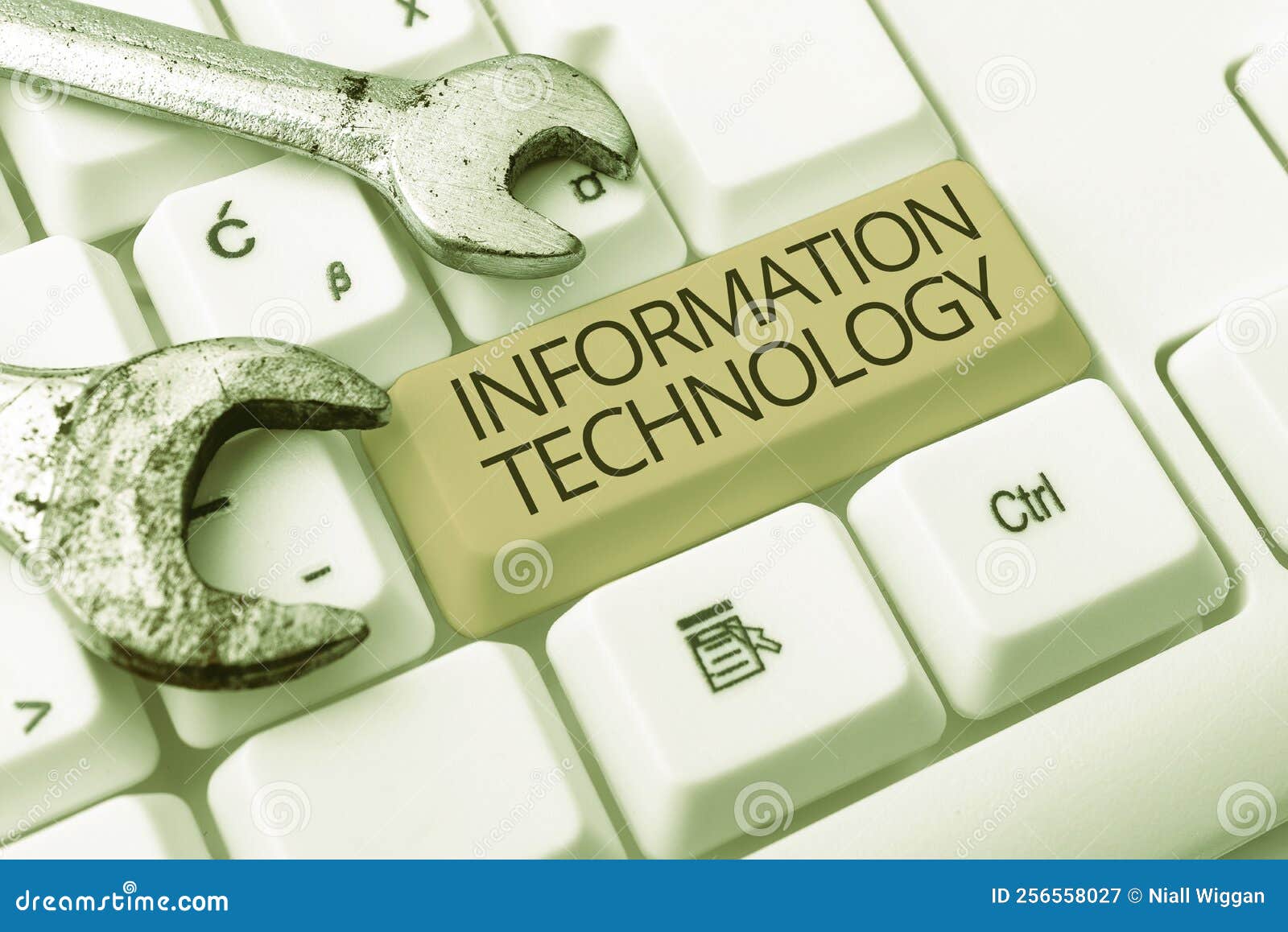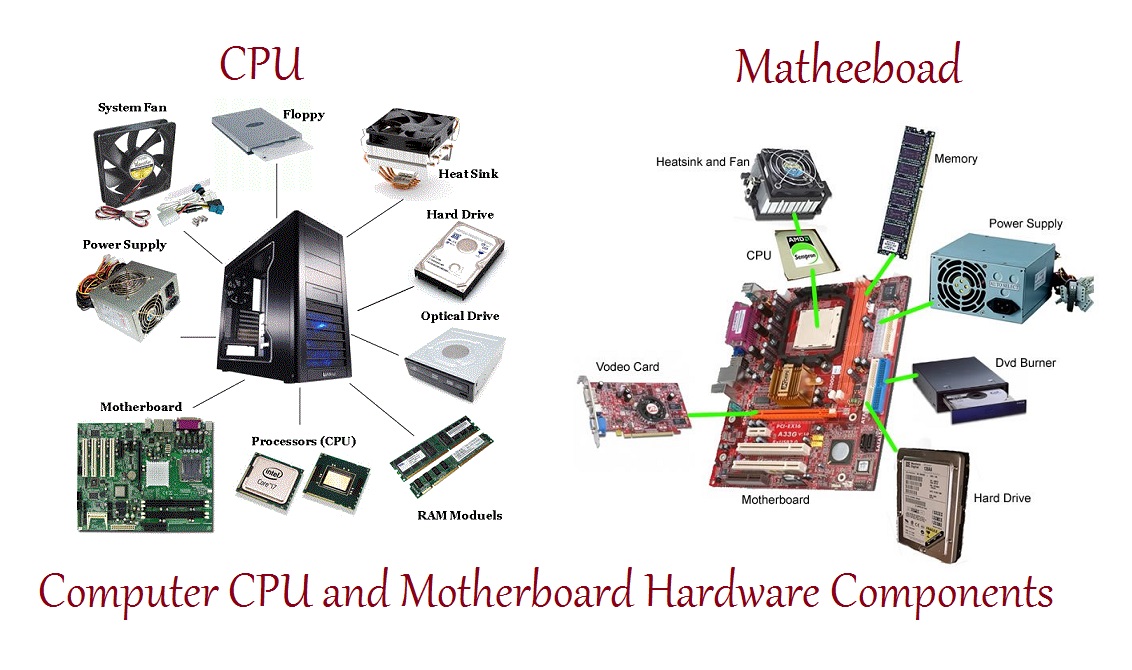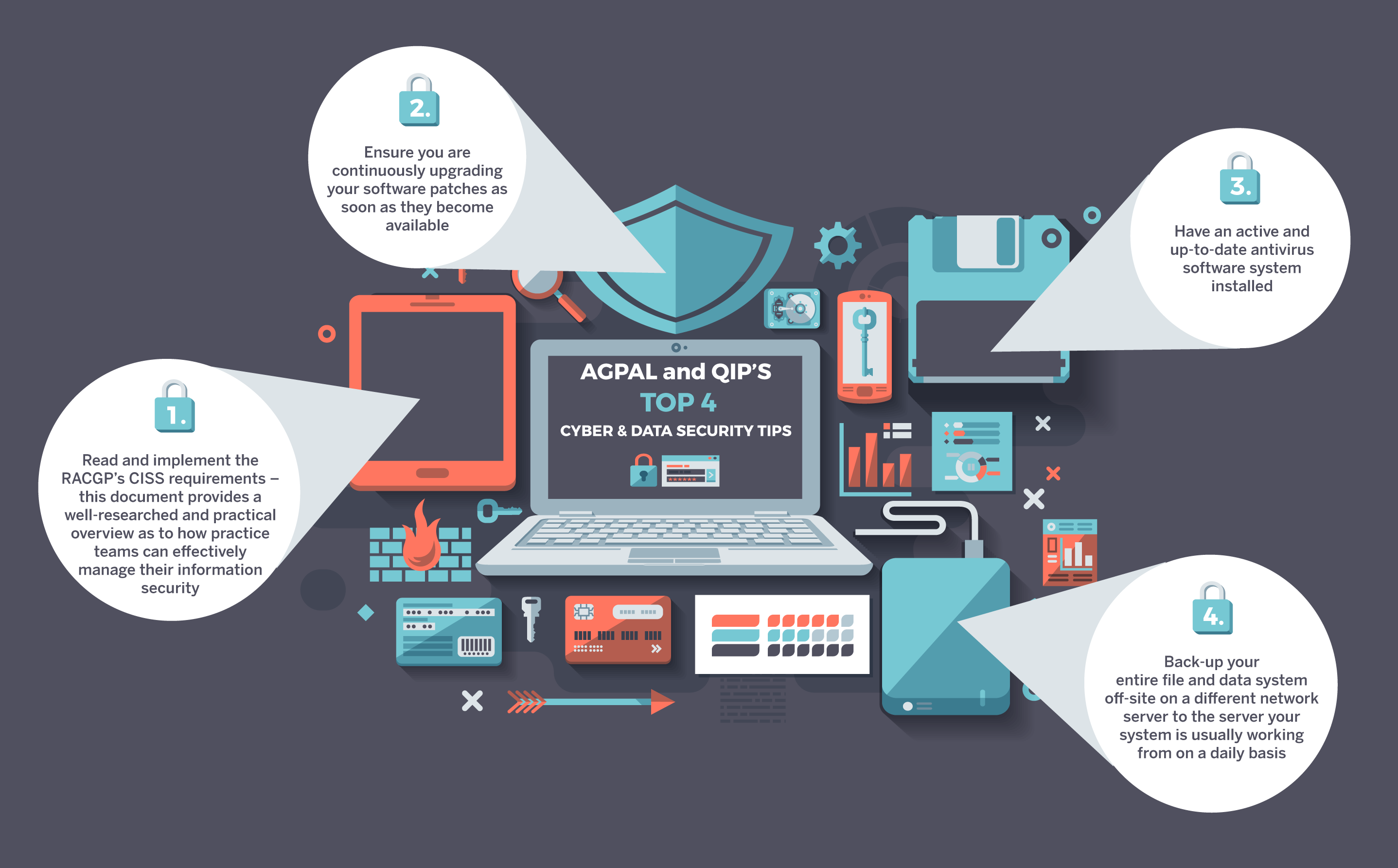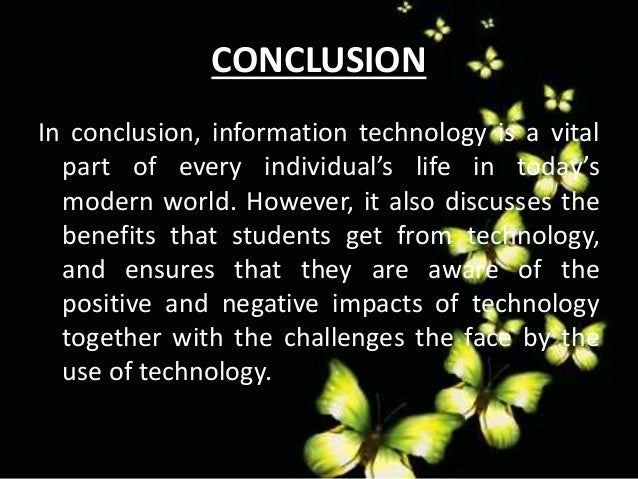Information Technology Presentation
| Introduction to Information Technology | ||
|---|---|---|
| Information technology is the use of computers, software, and telecommunications to store, retrieve, transmit, and manipulate data. IT plays a crucial role in modern society, enabling advancements in various fields such as business, healthcare, education, and communication. IT professionals are responsible for developing, managing, and securing technology infrastructure and systems. | ||
| 1 | ||
| Importance of Information Technology | ||
|---|---|---|
| Information technology enhances efficiency and productivity by automating processes and reducing human errors. IT enables global communication and collaboration, connecting people from different parts of the world. IT drives innovation and enables the development of new products, services, and business models. | ||
| 2 | ||
| Key Components of Information Technology | ||
|---|---|---|
| Hardware: Physical components of a computer system, including the central processing unit (CPU), memory, storage devices, and input/ output devices. Software: Programs and applications that control the hardware and enable users to perform specific tasks. Networks: Infrastructure that allows computers and devices to connect and share information. | ||
| 3 | ||
| IT Career Paths | ||
|---|---|---|
| Software Development: Designing, coding, and testing software applications. Network Administration: Managing and maintaining computer networks. Database Administration: Ensuring the security and efficiency of databases. | ||
| 4 | ||
| IT Security | ||
|---|---|---|
| Cybersecurity: Protecting computer systems, networks, and data from unauthorized access, theft, and damage. Data Privacy: Ensuring the confidentiality and integrity of personal and sensitive information. Risk Management: Identifying and mitigating potential IT risks to safeguard organizational assets. | ||
| 5 | ||
| Cloud Computing | ||
|---|---|---|
| Cloud computing allows users to access and store data and applications over the internet instead of relying on local servers or personal computers. Benefits of cloud computing include scalability, cost-efficiency, and easy collaboration. Examples of cloud computing services include Software-as-a-Service (SaaS), Platform-as-a-Service (PaaS), and Infrastructure-as-a-Service (IaaS). | ||
| 6 | ||
| Emerging Technologies | ||
|---|---|---|
| Artificial Intelligence (AI): The development of computer systems capable of performing tasks that would typically require human intelligence. Internet of Things (IoT): The interconnection of everyday objects via the internet, enabling them to send and receive data. Blockchain: A decentralized and transparent ledger technology used for secure transactions and data storage. | ||
| 7 | ||
| IT Project Management | ||
|---|---|---|
| IT project management involves planning, organizing, and controlling resources to achieve specific goals within defined timeframes and budgets. Key project management processes include initiation, planning, executing, monitoring, and closing. Project managers ensure successful project delivery by coordinating teams, managing risks, and communicating with stakeholders. | ||
| 8 | ||
| IT Support and Helpdesk | ||
|---|---|---|
| IT support professionals provide technical assistance and troubleshoot issues related to hardware, software, and network problems. Helpdesk teams handle user inquiries, provide guidance, and escalate issues as needed. Effective IT support ensures minimal downtime and optimal user experience. | ||
| 9 | ||
| Conclusion | ||
|---|---|---|
| Information technology is a foundational aspect of modern society, driving innovation, productivity, and connectivity. IT professionals play a vital role in designing, implementing, and managing technology solutions. Continual learning and staying updated with emerging technologies are essential for success in the IT industry. | ||
| 10 | ||
| References (download PPTX file for details) | ||
|---|---|---|
| Reference 1: "What is Information Technology?... Reference 2: "Importance of Information Techn... Reference 3: "Cloud Computing: Concepts, Tech... |  | |
| 11 | ||









